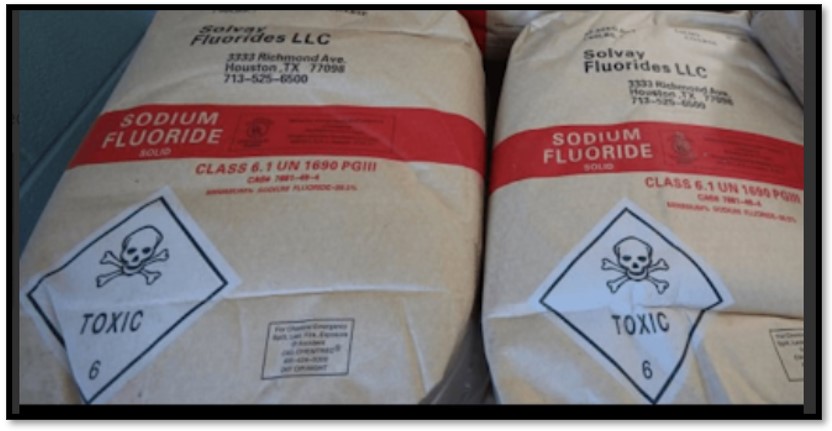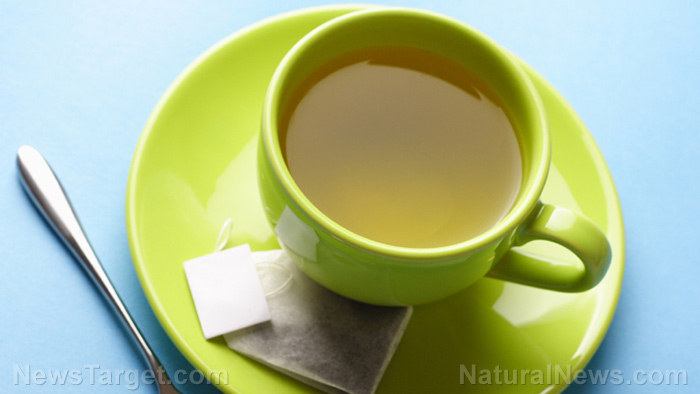A scented shield: How essential oils offer a natural defense against household mold
11/03/2025 / By Willow Tohi

- Plant-based oils like tea tree, clove and cinnamon contain compounds that disrupt and neutralize mold spores.
- Indoor mold can trigger allergic reactions, respiratory issues and gut problems by producing mycotoxins and allergens.
- Specific essential oil combinations, applied via massage or diffusion, can support respiratory and digestive health against mold-related ailments.
- While beneficial for air quality, essential oils are not a substitute for physical mold removal from surfaces in the home.
- Controlling indoor humidity and ensuring regular cleaning of mold-prone areas like air conditioners and water bottles are crucial to prevent mold growth.
For individuals concerned with indoor air quality and holistic health, a potent, plant-based solution is emerging from an unexpected source: the fragrant world of essential oils. Mounting evidence from both traditional practice and scientific research indicates that oils derived from cloves, tea tree, cinnamon and a host of other botanicals possess remarkable antifungal properties that can disrupt and neutralize mold spores. This news matters now, as people spend more time indoors and seek safer alternatives to harsh chemical cleaners. These essential oils are not a direct substitute for scrubbing away visible mold, but they offer a dual-pronged approach: purifying the air of airborne spores and, when used topically in diluted blends, supporting the body’s own defenses against mold-related health issues.
The science of scent: How oils disrupt mold
The power of these essential oils lies in their complex chemical makeup. They are rich in bioactive compounds that are toxic to fungi but generally safe for humans when used properly. The most potent anti-mold agents often fall into two chemical categories. Phenolic essential oils, such as clove, oregano and thyme, contain powerful compounds like eugenol, carvacrol and thymol. These substances are known to effectively disrupt the cell membranes of mold spores, leading to their neutralization. The second group, aldehyde essential oils, includes lemongrass and cinnamon bark. These oils, rich in citral and cinnamaldehyde, exhibit strong antifungal and antiseptic properties, killing airborne spores and inhibiting fungal growth. This scientific understanding provides a foundation for their strategic use in creating a healthier home environment.
Supporting the body’s defense systems
Beyond air purification, diluted essential oils can be used topically to support the body’s systems affected by mold exposure. Aromatherapists note that the primary benefit for personal health lies in boosting the immune response, not in physically removing mold from the body. For respiratory support, a blend incorporating soothing oils like lavender and frankincense with more potent anti-mold oils like thyme and litsea cubeba can be diluted and massaged onto the chest or back. This approach is designed to bolster lung health and resilience. Similarly, for gut health—which can be affected by ingesting mold spores—a gentle abdominal massage with a blend of lavender, German chamomile and antifungal thyme oil may help soothe inflammation and discomfort, as evidenced by one aromatherapist’s experience in alleviating her son’s mold-related digestive distress.
The limits of oils in household mold remediation
It is crucial to understand the boundaries of what essential oils can achieve. While they are excellent for improving air quality and discouraging mold growth, they are not considered effective for removing existing mold colonies from surfaces. For visible black mold, especially on porous materials, physical removal is the first and most critical step. Experts recommend scrubbing with a brush and water. For stubborn stains, oxygen-based bleaching agents like sodium percarbonate can be effective. While chemical cleaners like bleach can be used with extreme caution and proper ventilation, they carry risks of harmful fumes and surface damage. In this context, essential oils are best used as a preventative measure—added to mop water or a diffuser—to freshen the air and discourage mold from taking hold, rather than as a primary cleaner for significant infestations.
A historical shift toward plant-based solutions
The use of plants for purification and medicine is a practice with deep historical roots, from the use of smoke in cleansing rituals to the application of herbal poultices. The modern embrace of essential oils for mold mitigation represents a return to these natural principles, fueled by a growing desire to reduce exposure to synthetic chemicals. Conventional mold cleaners like bleach often release volatile organic compounds and harsh fumes, contributing to indoor air pollution. In contrast, plant-based solutions offer a chemical-free way to reclaim clean air. This shift aligns with a broader movement towards integrative health and environmentally conscious living, where ancient wisdom is validated by contemporary science to address a persistent household problem.
Harnessing nature for healthier homes
The evidence is clear that essential oils provide a valuable, multi-faceted tool in the ongoing effort to maintain healthy indoor spaces. From the microbial-killing power of tea tree oil to the mold-suppressing strength of clove, these natural extracts offer a way to combat mold at its source—both in the environment and in supporting the body’s response to it. While they are not a cure-all and cannot replace necessary physical cleaning, their strategic use in diffusion and topical applications presents a safer, aromatic alternative for those seeking to mitigate the risks of mold. As with any natural remedy, knowledge and proper application are key, turning these ancient botanical extracts into a modern shield for personal and home wellness.
Sources for this article include:
Submit a correction >>
Tagged Under:
This article may contain statements that reflect the opinion of the author




















